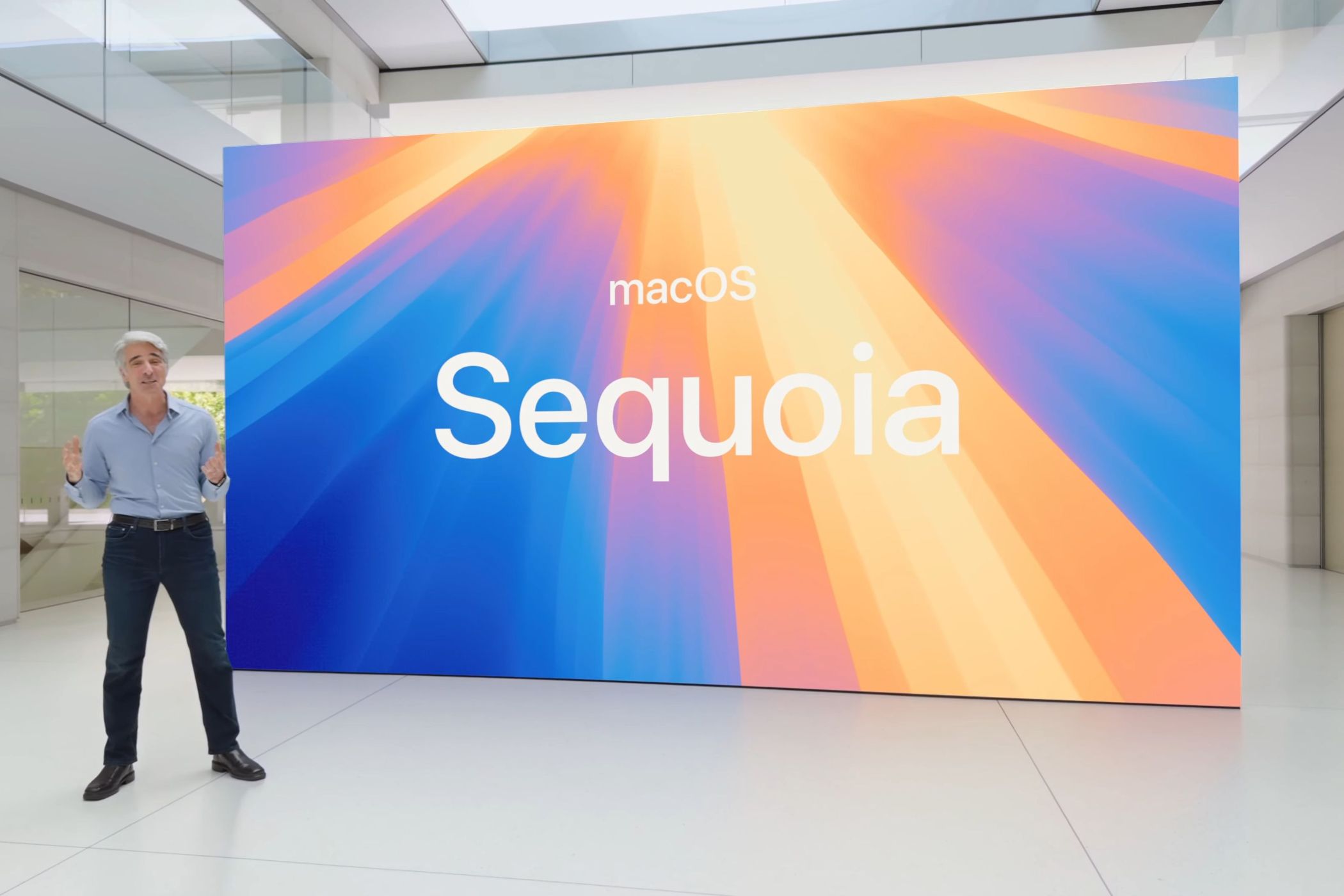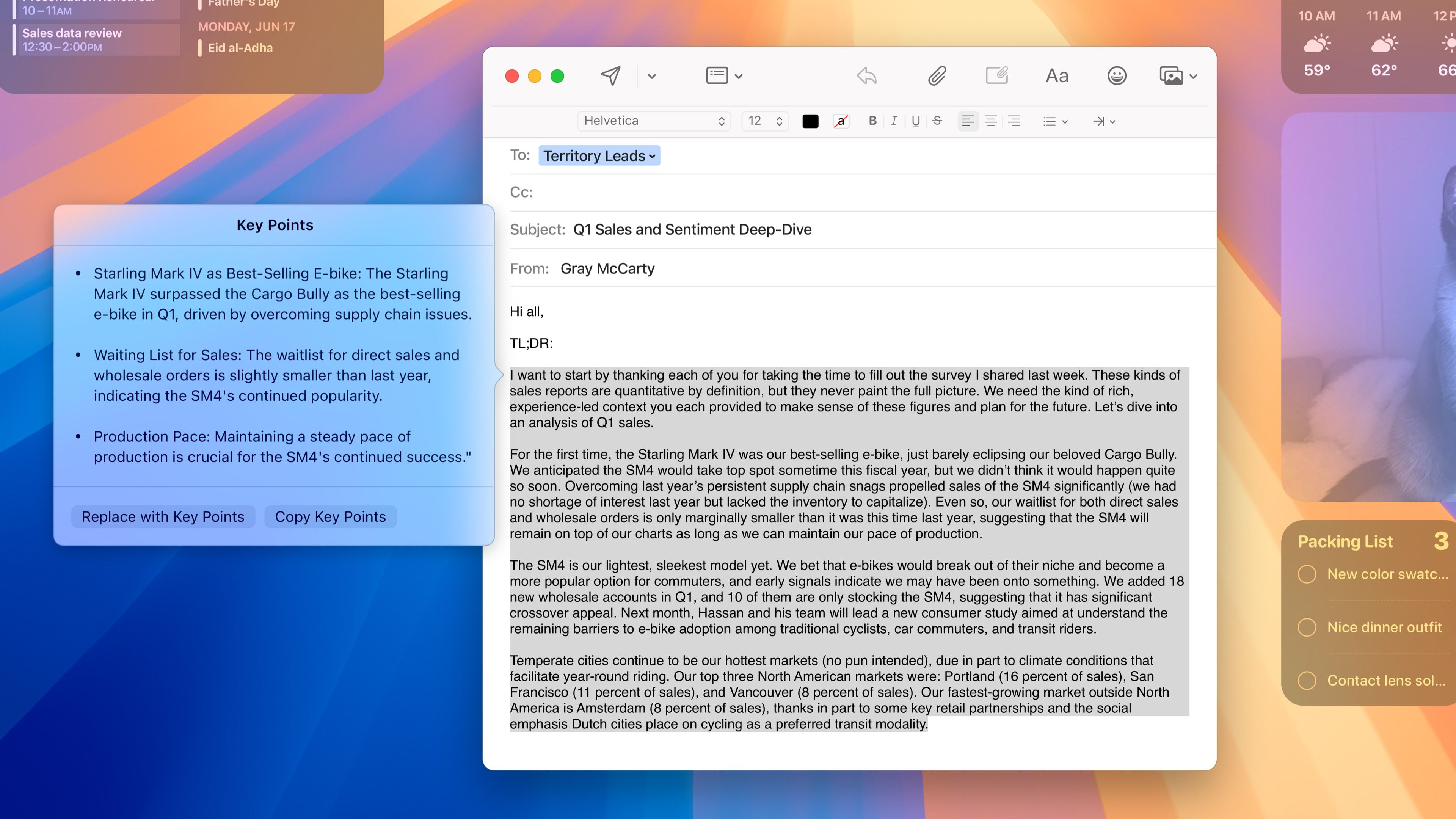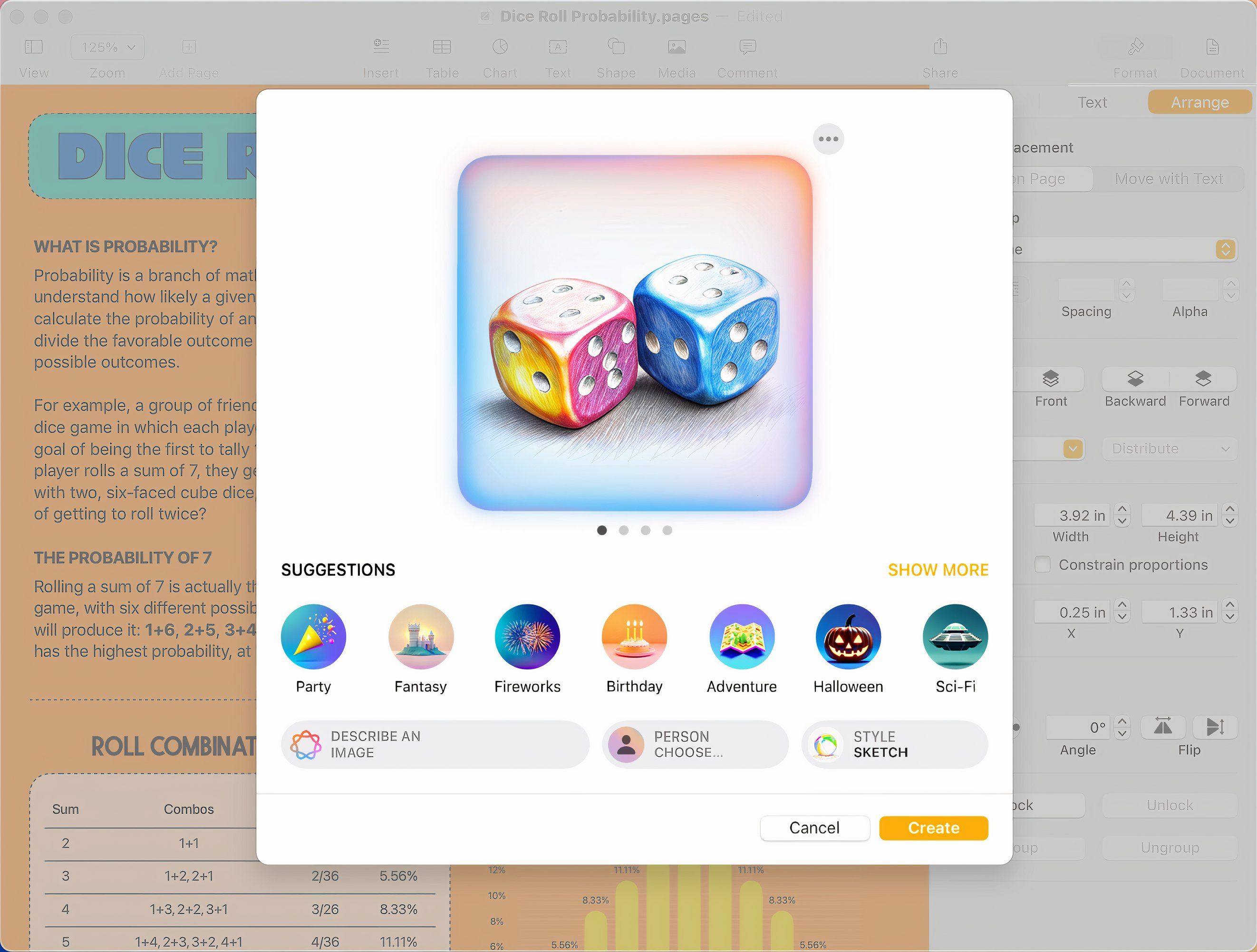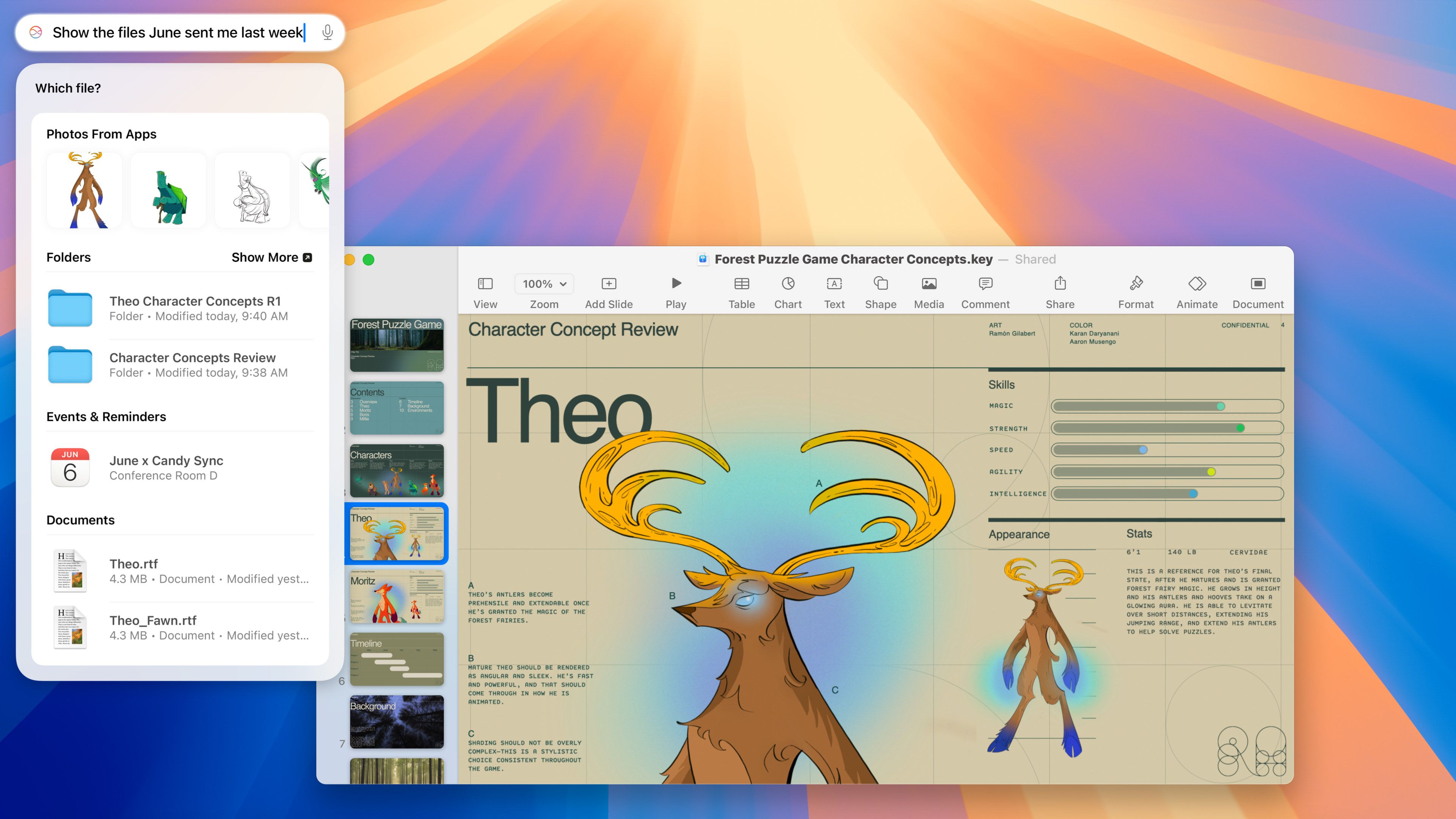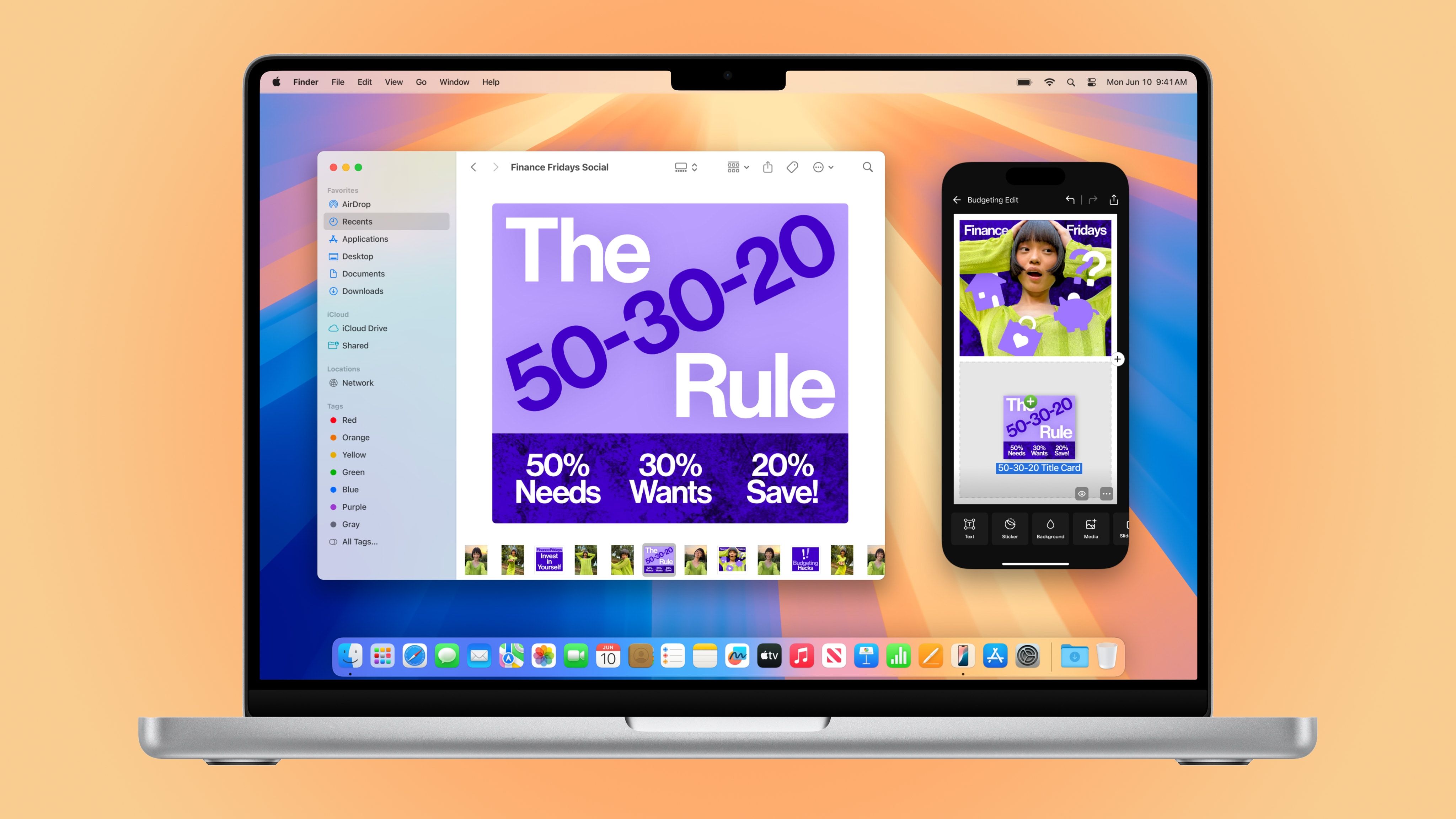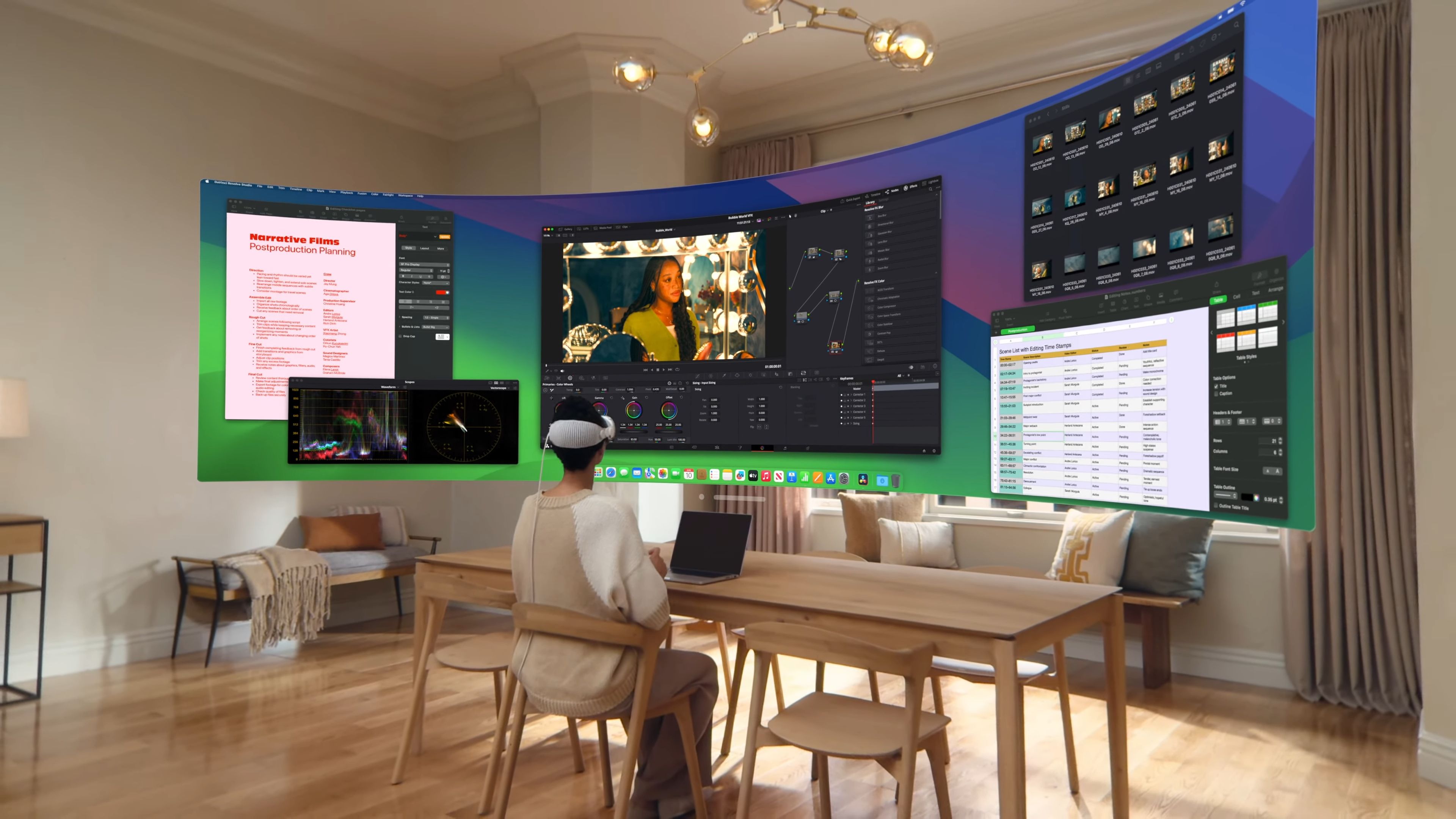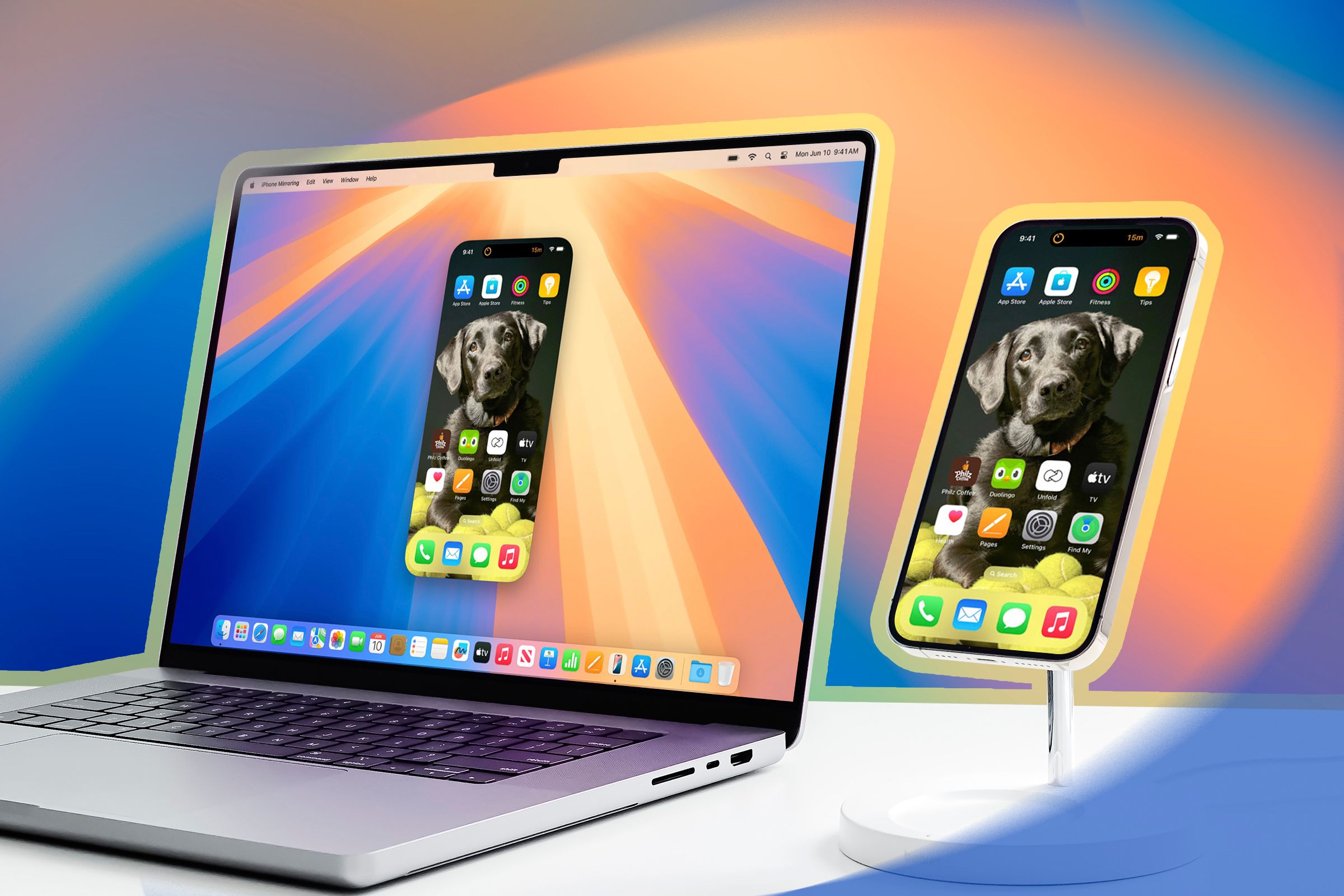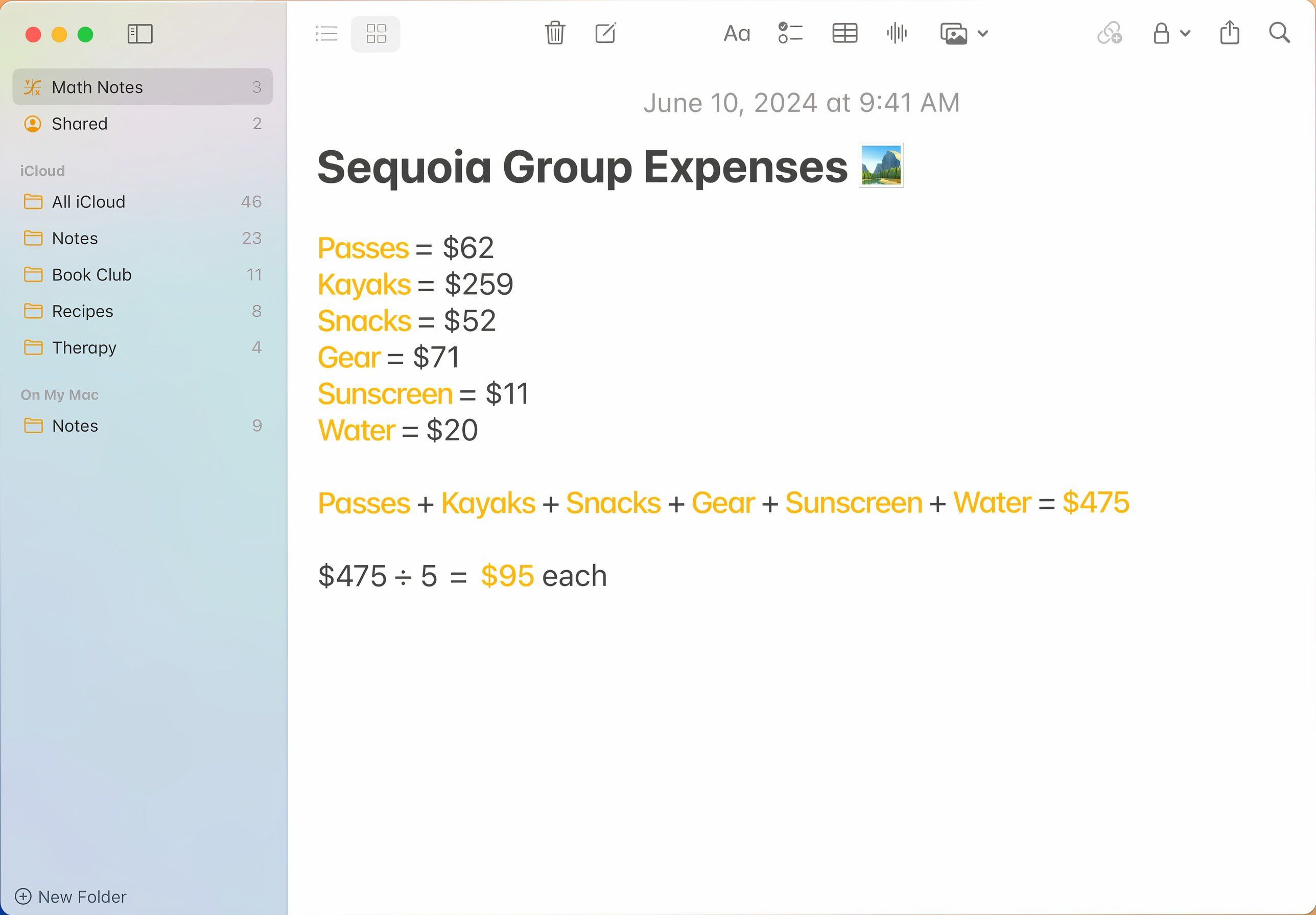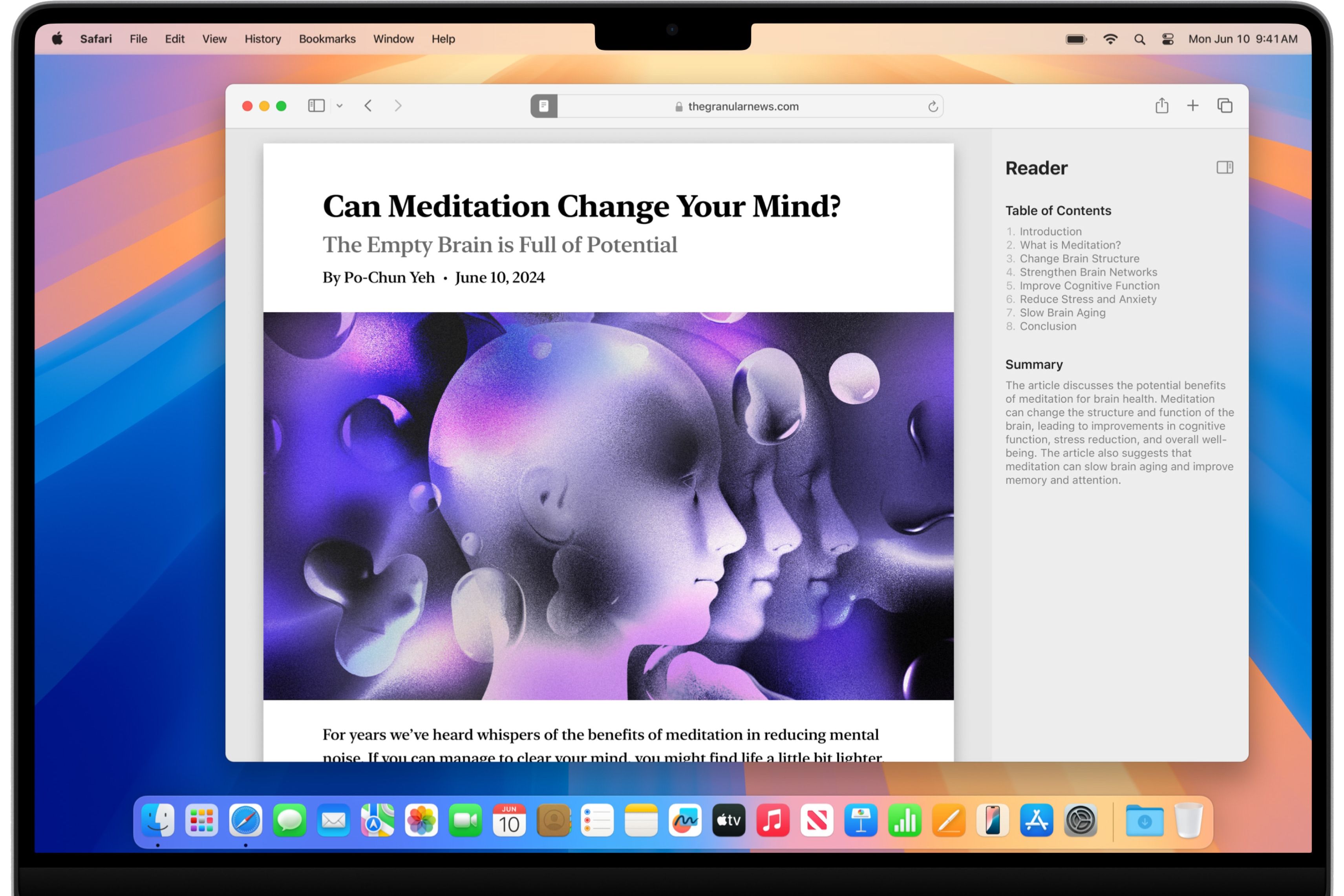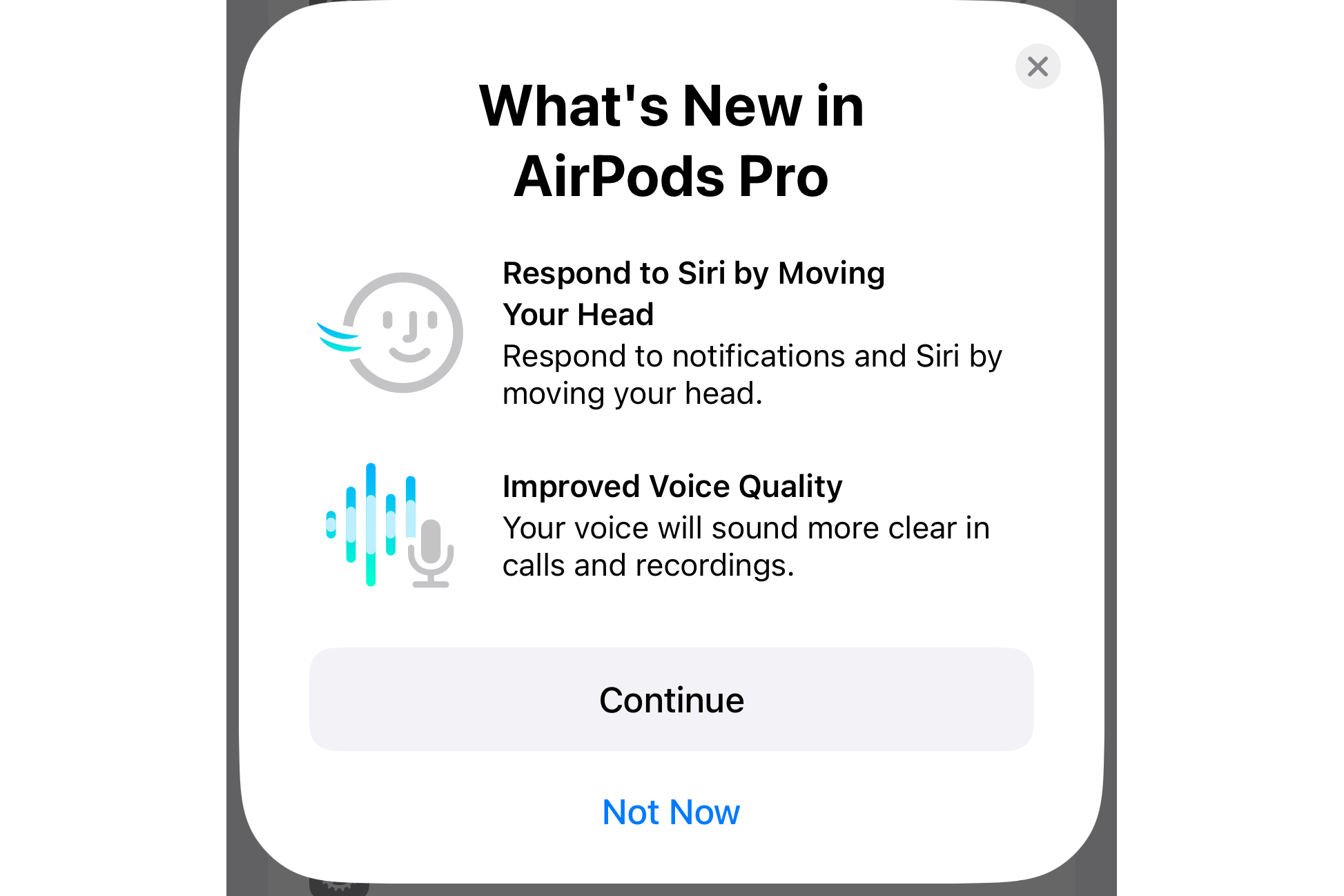The macOS Sequoia Features You’re Not Getting This Fall
Mac
Quick Links
-
Can Your Mac Run macOS Sequoia?
-
Features Coming Later in 2024 and Early 2025
-
These macOS Sequoia Features Require Newer Macs
-
Language and Region-Restricted Features
-
Features Requiring Additional Hardware
-
Intel-Based Macs Still Getting (Some) Love
macOS Sequoia is launching this fall, but Apple Intelligence and a few other improvements won’t be available until later in 2024 and 2025. On top of that, some of the new features require specific Mac hardware, and others have limited language support.
Can Your Mac Run macOS Sequoia?
Apple usually releases annual macOS updates in October, with some exceptions. For example, the 2023’s Sonoma launch was brought forward to September to coincide with iOS 17 as the two operating systems had some shared features. Apple has said Sequoia is “coming this fall.”
However, MacRumors has learned the update is due in mid-September alongside iOS 18, iPadOS 18, tvOS 18, and watchOS 11. When it drops, you’ll be able to install an over-the-air macOS 15 update on your Mac via System Settings > General > Software Update.
These Macs can run macOS Sequoia:
- MacBook Air (2020 and later)
- MacBook Pro (2018 and later)
- iMac (2019 and later)
- Mac Mini (2018 and later)
- iMac Pro (2017 and later)
- Mac Pro (2019 and later)
- Mac Studio (2022)
Sequoia doesn’t support MacBook Air models from 2018 and 2019 powered by dual-core Intel chips. To check your Mac’s model number, current OS version, and whether it’s powered by Apple silicon, hit the Apple menu and choose the About This Mac option.
Features Coming Later in 2024 and Early 2025
The following features will see a staggered rollout across 2024 and 2025.
Apple Intelligence
The inaugural macOS Sequoia 15.0 release in September won’t have any AI features marketed under the umbrella term Apple Intelligence. The Mac’s first batch of Apple Intelligence features will launch in beta in October with macOS Sequoia 15.1.
Apple Intelligence features in macOS Sequoia 15.1:
- AI writing tools (summarization, rewriting, and proofreading)
- Quick-tap Smart Reply responses in Mail and Messages
- Recapping Mail and Messages notifications
- Natural language search in Photos
- Automatic email grouping (Newsletters, Announcements, and Shopping)
- Siri improvements:
- The new Siri glow animation
- Type to Siri (press the Command key twice)
- Improved understanding when stumbling over words
- Answering questions about Mac features
- Finding specific device settings
- Maintaining context for asking follow-up questions
Apple Intelligence features coming via later updates:
- AI image generation via Image Playground (2024)
- AI-spawned emoji, dubbed Genmoji (2024)
- Support for additional languages and regions (2025)
- Siri AI enhancements (later in 2024 and 2025):
- Semantic indexing
- Personal context
- Onscreen awareness
- App/device control
- Complex queries
- ChatGTP integration
Semantic indexing will index content for queries involving information from apps you use, websites you visit, and so on. Siri will use this data for personal context. For example, asking when mom’s flight is landing will unearth the required information from recent texts and emails.
Siri will also understand what’s happening on your screen at any given moment, so you could tell it to “add this address to his contact card” just by having a Messages chat open without being too specific. Understanding complex queries will let Siri do things like enhance an image and share it with a specific iMessage friend.
Lastly, Siri will gain ChatGPT integration and be able to change device settings and perform in-app actions such as deleting emails and moving notes between folders.
Drag and Drop in iPhone Mirroring
Installing and using iOS apps in macOS isn’t a great experience, so Sequoia lets you mirror an iPhone on your Mac. It’s quite similar to mirroring an Apple Watch on an iPhone; you can interact with the iPhone’s system features, apps, and notifications right on your Mac using its keyboard, mouse, and trackpad without reaching for your iPhone.
However, iPhone Mirroring requires an Intel-based Mac equipped with Apple’s T2 security chip (listed on Apple’s support page) or an Apple Silicon model.
Expanded Mac Virtual Display
macOS Sonoma allows Vision Pro owners to interact with their Mac’s screen. With macOS Sequoia, Mac Virtual Display mode allows for panoramic virtual screens.
Robot Vacuum Cleaner Support in the Home App
The Home app supports more types of smart appliances, including robot vacuum cleaners. You can add products like Roomba’s new iRobot to the Home app to use in your automations, scenes, and Siri requests. However, robot vacuum support is “coming later this year.”
Electricity Usage and Rates in the Home App
The Home app brings new features to check your electricity usage and rates. Apple is launching this feature in the US first, only for Pacific Gas and Electric customers with residential electrical service, including areas served by Community Choice Aggregators.
Guest access in the Home app
You can give anyone temporary access to your smart home with guest access in the Home app, but you need a HomePod or an Apple TV acting as a home hub. Guest access lets you manage how a person enters your home by creating scheduled access, but this requires a Matter-compatible smart lock that supports scheduling.
These macOS Sequoia Features Require Newer Macs
Even Intel Macs get some of the more interesting features in Sequoia, including iPhone Mirroring and Screen Tiling, but none of the new AI functionality.
Apple Intelligence
Apple Intelligence requires Apple Silicon with 8GB of RAM. It’ll run fine on Apple Silicon Macs manufactured in 2020 and onward, but owners of Intel-based Macs will be out of luck. On the iPad, Apple Intelligence requires an M1 chip or newer. On the phone side, you need at least an iPhone 15 Pro.
iPhone Mirroring
iPhone Mirroring will be available at launch, but the feature won’t support drag and drop until “later this year.” iPhone Mirroring will let you drag photos, videos, and files from a mirrored iPhone to your Apple Silicon Mac’s desktop and vice versa.
You can already drag and drop stuff between your Mac and iPad
with a feature called Universal Control
.
Live Audio Transcription in Notes
Generating searchable audio transcriptions on the fly while recording audio in the Notes app is only available on Apple Silicon models.
Solving Math Equations in Notes
Sequoia’s Notes app supports proper mathematical notation. Automatically solving expressions inline after typing an equals sign only works on Apple Silicon Macs.
Language and Region-Restricted Features
Most of the new features in macOS Sequoia are available to all Mac owners, no matter their location or language. Some are restricted to specific languages and regions, which will be reflected on Apple’s macOS Feature Availability page when Sequoia launches.
Apple Intelligence
Many Apple Intelligence features will be limited in terms of supported languages. Apple Intelligence will only work with the Siri language and your Mac language set to US English. Support for additional languages will “come over the course of the next year.”
Highlights in Safari
The time-saving Highlights feature in Safari uses machine learning to pull relevant information from the website, like directions and quick links that you can click to learn more about people, places, media, etc. However, it’s only available in English (US).
You can also get a webpage summary as part of Safari Highlights, but this will arrive later this year when Apple Intelligence launches.
The Revamped Safari Reader
Safari’s Reader on Sequoia has a refreshed interface and can now automatically create a table of contents for an article, along with a high-level summary, but only in English (Australia, Canada, Ireland, New Zealand, South Africa, UK, and the US).
Topographic Maps and Trail Networks
Topographic maps, trail networks, and hikes that debuted on the Apple Watch last year are available on the Mac with macOS Sequoia. These specialized maps will at first only cover the US and Japan before expanding to other countries over time. Also, saving hikes for offline access will only work in the US.
Math Expressions in the Notes App
Writing mathematical expressions in the Notes app using an Apple Pencil is restricted to Western Arabic numerals. When typing out your math, you can use Arabic (Eastern and Western) and Devanagari numerals.
Live Transcription in the Notes App
At launch, this feature will only work in English (Australia, Canada, Ireland, New Zealand, South Africa, the UK, and the US).
Features Requiring Additional Hardware
Some improvements in macOS Sequoia require accessories like AirPods, while others may require a specific hardware feature in your Mac.
Personalized Audio for Gaming
Apple provides APIs for game makers to add advanced sound to their titles, but you’ll need the AirPods 3, AirPods Pro, or AirPods Max to enjoy personalized spatial audio for gaming.
Voice isolation for the caller is now supported, but only on the AirPods Pro.
The other audio improvements, including reduced Bluetooth latency for gaming and 16-bit 48kHz audio during in-game chat and streaming, are only supported via the upgraded Apple H2 chip in the second-generation AirPods Pro.
Intel-Based Macs Still Getting (Some) Love
The initial Sequoia release without Apple Intelligence may come across as pretty anemic to people accustomed to feature-packed macOS updates.
Personally, I’m grateful that iPhone Mirroring, an excellent Continuity feature, will work on my Intel-based MacBook Pro from 2018. iPhone Mirroring is my favorite new Sequoia feature, and I use it daily (while running the pre-release beta) to receive iPhone notifications on my Mac when working.









